gennaio 19, 2024
1239
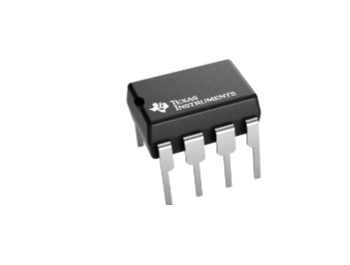
The LM741 series represents a class of versatile operational amplifiers renowned for their enhanced performance compared to industry standards such as the LM709. Designed as direct, plug-in replacements for widely used counterparts like the 709C, LM201, MC1439, and 748 in various applications, these amplifiers are characterized by their superior features.
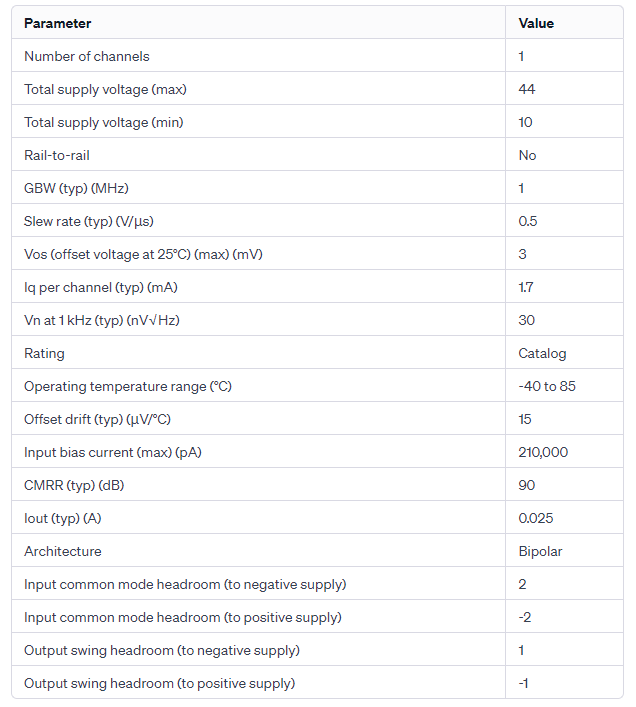
These operational amplifiers boast several attributes that contribute to their nearly foolproof application. Notable among these features is the incorporation of overload protection mechanisms on both the input and output, ensuring resilience against potential voltage spikes or excessive currents.
Additionally, the LM741 series exhibits a remarkable absence of latch-up occurrences even when the common-mode range is exceeded, highlighting its robust design in the face of challenging operating conditions. The freedom from oscillations further solidifies their reliability, providing stable performance in diverse scenarios.
The LM741 stands out as a pin-to-pin direct substitute for widely used predecessors like the LM709C, LM201, MC1439, and LM748 in a multitude of applications. This compatibility not only streamlines replacement procedures but also provides design flexibility, especially when dealing with outdated components. This adaptability facilitates the seamless integration of the LM741 into existing systems without necessitating extensive modifications.
One specific variant within the series, the LM741C, shares identical characteristics with the LM741/LM741A models but distinguishes itself by offering performance guarantees over a temperature range of 0˚C to +70˚C. This stands in contrast to the broader temperature range of −55˚C to +125˚C covered by its counterparts. The LM741C thus caters to applications where the temperature environment falls within the specified range, ensuring consistent and reliable operational performance. In summary, the LM741 series stands as a benchmark in operational amplifier technology, combining advanced features and robust design to meet the demands of a wide range of electronic applications.
The LM741 operational amplifier finds applications across a broad spectrum of electronic circuits due to its versatile characteristics and performance features.
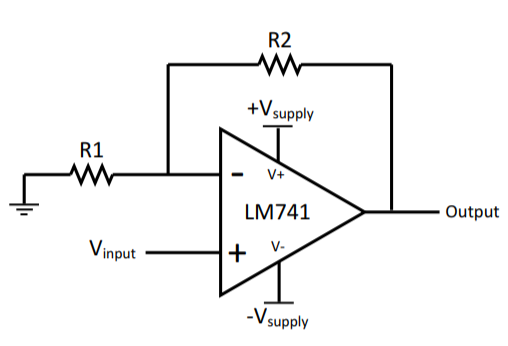
Typical Applications
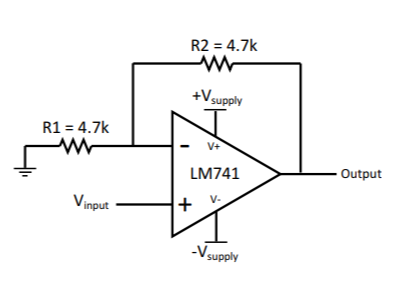
LM741 Noninverting Amplifier Circuit
The LM741 is frequently employed as a general-purpose voltage amplifier in various audio and signal processing circuits.
It can be used in instrumentation amplifiers to amplify low-level signals accurately.
The LM741 is utilized in active filter configurations, contributing to the design of low-pass, high-pass, band-pass, and band-reject filters.
Its high input impedance and low output impedance make it suitable for interfacing with filters without significantly affecting their performance.
The LM741 can be configured as a comparator for comparing two input voltages. This is commonly used in applications such as zero-crossing detectors and threshold detectors.
The operational amplifier is employed in voltage regulator circuits to maintain a stable output voltage despite variations in input voltage and load conditions.
The LM741 can be used to design simple waveform generators, such as square wave or triangular wave generators, by incorporating feedback networks.
In scientific and industrial instrumentation, the LM741 is utilized in various measurement and control circuits, owing to its reliability and precision.
The operational amplifier is employed in signal conditioning circuits, including amplification, filtering, and shaping of signals before they are processed by other electronic components.
The LM741 is employed in voltage comparator circuits where it can compare an input voltage with a reference voltage and provide an output based on the comparison.
Active filter circuits, such as Sallen-Key or multiple-feedback configurations, can be designed using the LM741 for applications requiring specific frequency response characteristics.
The LM741 is often configured as inverting and non-inverting amplifiers to meet specific circuit requirements, providing flexibility in signal processing applications.
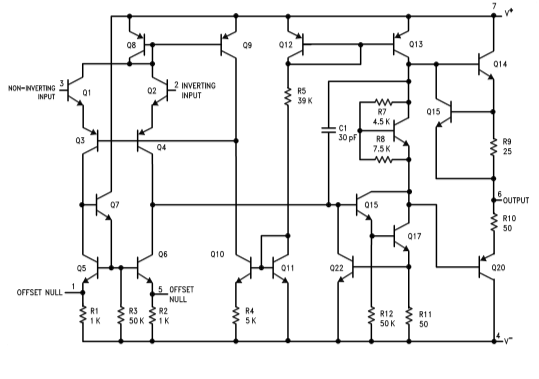
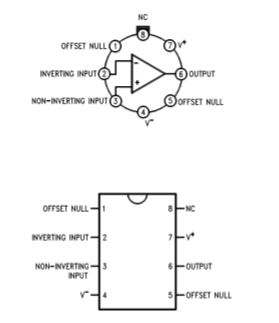

LM741 pin diagram/ LM741 pin configuration
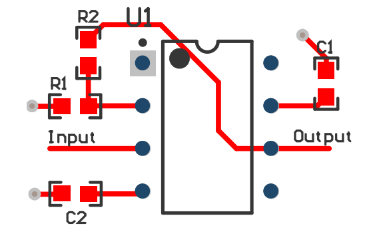
https://www.ti.com/lit/ds/symlink/lm741.pdf
The LM741 and UA741 are both operational amplifiers (op-amps) that serve similar functions, and they share a common history as products of different manufacturers. Although both are now produced by Texas Instruments (TI), their origin lies with different companies—LM741 by Texas Instruments and UA741 by STMicroelectronics. The shift in ownership between the two manufacturers can result in some differences at the silicon level due to variations in manufacturing processes and design choices.
Video:
https://youtu.be/jQTqyjidnV4?si=8gLaf3NveDeStcGb
In the realm of LTSpice simulations, introducing non-ideal characteristics to operational amplifiers (op-amps) is a valuable practice for students seeking a comprehensive understanding of AC and DC limitations. The iconic LM741 op-amp often plays a pivotal role in student projects, necessitating its inclusion in LTSpice simulations. The ensuing steps elucidate the process of integrating the LM741 model into LTSpice for effective simulation.
Step 1: Obtain the Spice Model
First and foremost, procure the Spice model for the LM741.
Step 2: Copy and Save
Copy the obtained model and paste it into the LTSpice subdirectory. Ensure that the file is saved with a *.sub extension, not a *.txt extension. Save the file as “all file types” with the name LM741.sub. The typical directory for this purpose is: C:\Program Files\LTC\LTspiceIV\lib\sub.
Step 3: Insert LM741 Component
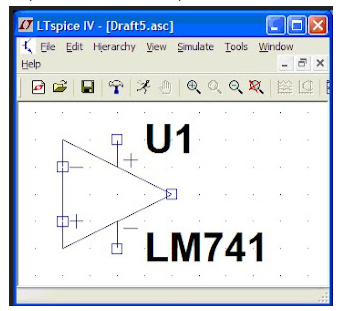
Commence LTSpice and insert the op-amp2 component. Right-click on the symbol and modify the value to LM741.
Step 4: Add Spice Directive
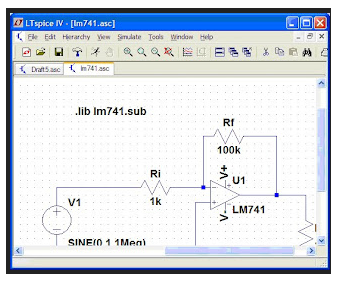
Enhance the schematic by incorporating the spice directive using .op. Append “.lib LM741.sub” to the schematic.
Step 5: Ready for Simulations
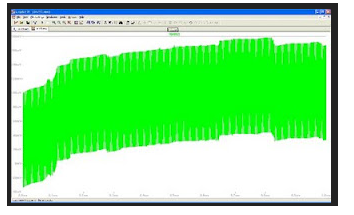
With the above steps completed, your LTSpice setup is now equipped to run simulations seamlessly with the LM741. This integration empowers students to explore and comprehend the intricacies of the LM741 op-amp within the LTSpice simulation environment.
The LF351 and LM741 are operational amplifiers with distinct characteristics. The LF351 generally outperforms the LM741 in terms of lower input offset voltage, input bias current, higher slew rate, and lower noise, making it suitable for precision applications. In contrast, the LM741, known for its cost-effectiveness, is commonly utilized in general-purpose scenarios where stringent performance requirements are not critical. The choice between the two depends on specific application needs, with the LF351 favored for precision tasks and the LM741 for more budget-conscious or less demanding applications.
The LM301 and LM741 operational amplifiers exhibit distinctions in frequency compensation and performance characteristics. The LM301 typically necessitates external frequency compensation but offers higher bandwidth and slew rates, making it suitable for applications where these features are paramount. In contrast, the LM741, internally compensated and more cost-effective, is commonly utilized in general-purpose scenarios where simplicity and ease of use take precedence over the need for higher bandwidth or slew rates. The choice between the two depends on the specific demands of the application, with the LM301 favored for performance-critical tasks and the LM741 for more budget-conscious or broadly applicable situations.
The LM308 and LM741 operational amplifiers exhibit distinctive characteristics, rendering direct substitution impractical. The LM308, featuring a compensation pin and unique pin arrangement, offers enhanced flexibility in certain applications. In contrast, the LM741, known for its simplicity and cost-effectiveness, lacks a compensation pin and has a different pinout. Consequently, careful consideration and potential circuit modifications are necessary when selecting between these operational amplifiers, as they serve different roles in circuit designs.
The LM324 and LM741 operational amplifiers differ significantly, with the primary distinction lying in their power supply requirements. The LM741 belongs to the traditional 741 series and operates with a split power supply. In contrast, the LM324 is a single-supply amplifier, conveniently packaged as a quad op-amp with four amplifiers in a 14-pin configuration. For those seeking a quad configuration with split power supply requirements, the LM148 provides the equivalent functionality in a 14-pin package. This differentiation in power supply specifications makes the LM324 well-suited for single-supply applications, while the LM741 adheres to the traditional split power supply paradigm within the 741 series.
The LM741 is a general-purpose single op-amp requiring a split power supply, while the LM358 is a low-power dual op-amp designed for single power supply applications. The LM741, with eight pins, is versatile and offers higher precision, whereas the LM358, with fewer pins, provides dual high-gain amplification suitable for low-power scenarios.
The LM386 and LM741 operational amplifiers cater to distinct applications. The LM386 is optimized for audio tasks, boasting inputs that operate at its negative supply voltage and a robust output current of about 810mA, making it suitable for driving low-impedance loads like 8-ohm speakers. On the other hand, the LM741, with a maximum output current of approximately 20mA, finds widespread use as a general-purpose operational amplifier in various circuits. Notably, the LM741 requires external negative feedback resistors for proper operation, showcasing its versatility across a broad range of electronic applications.
This article has offered a thorough examination of the LM741 operational amplifier, from a detailed exploration of its datasheet to an insightful analysis of its pinout configuration. The LM741's enduring relevance in electronics is underscored by its ubiquity and adaptability in various applications. Furthermore, the integration of the LM741 into LTSpice for simulation purposes provides a practical avenue for engineers and enthusiasts to experiment with its functionalities before real-world implementation.